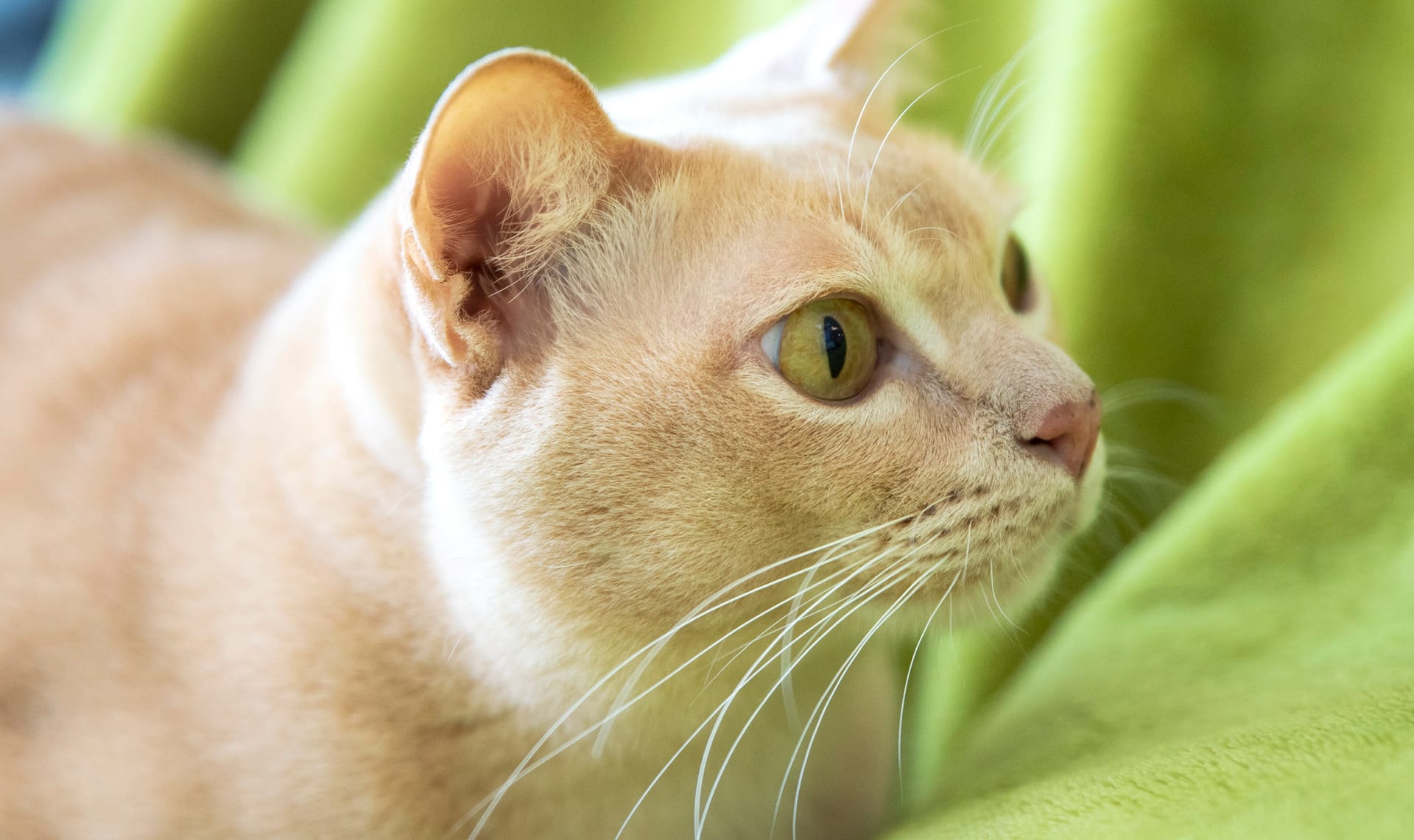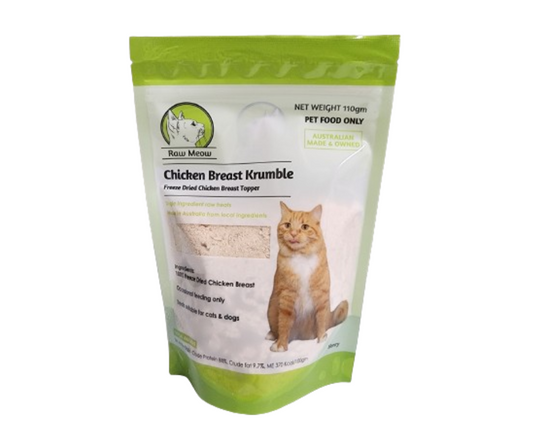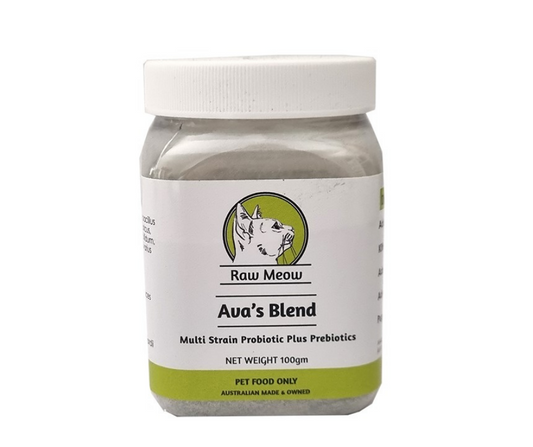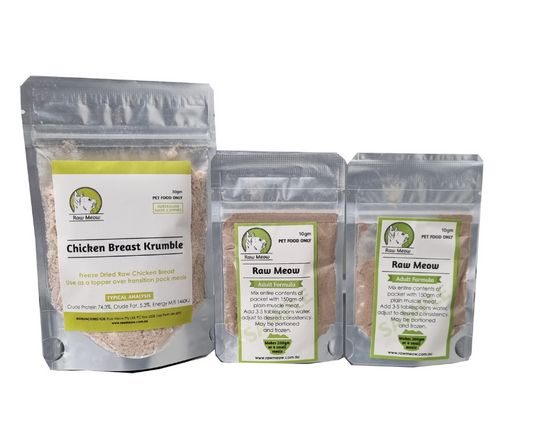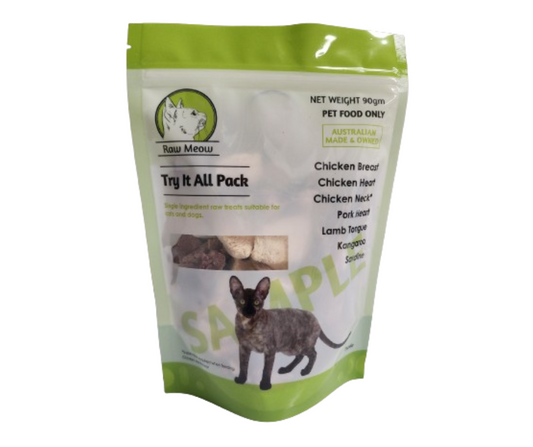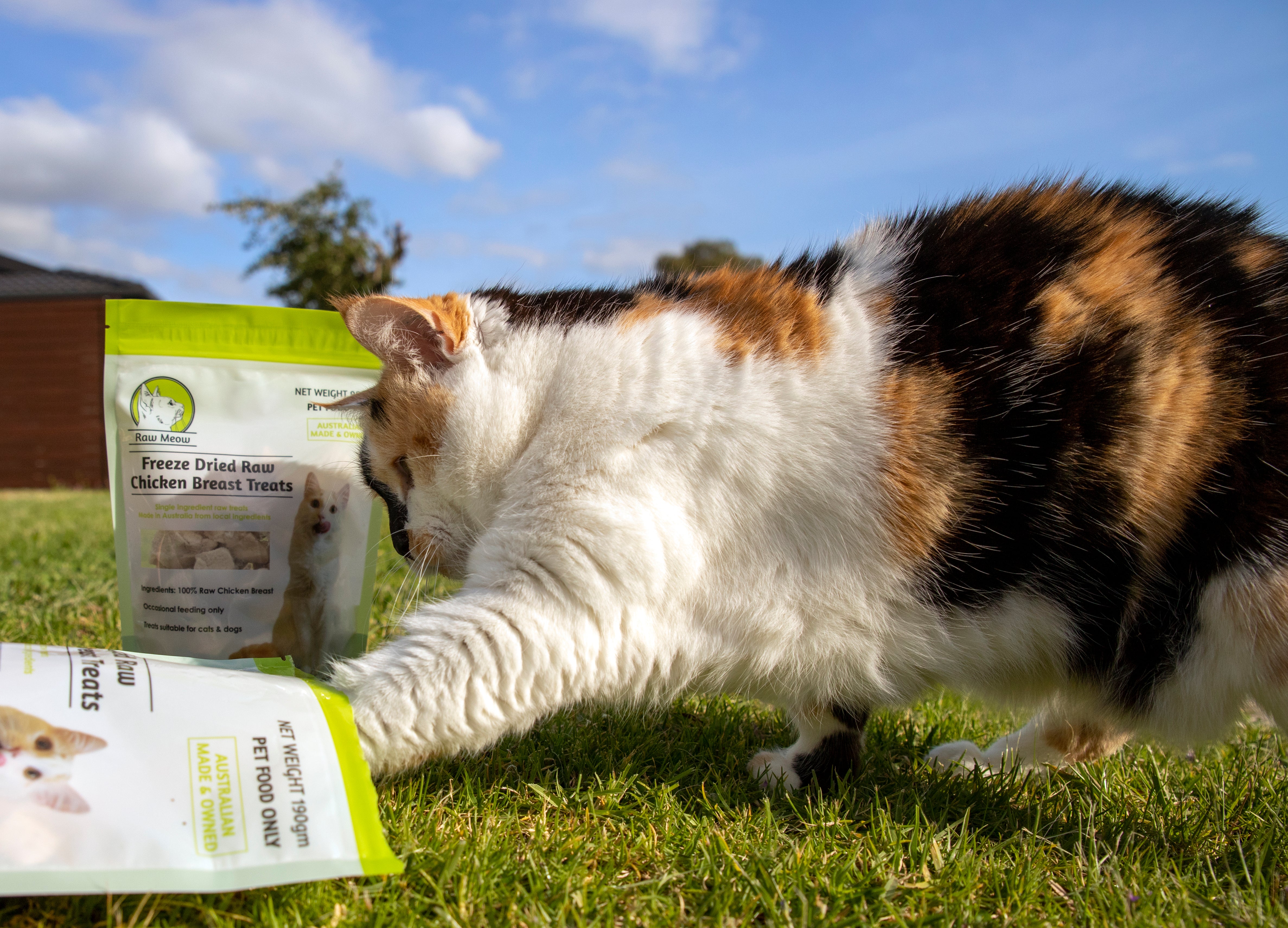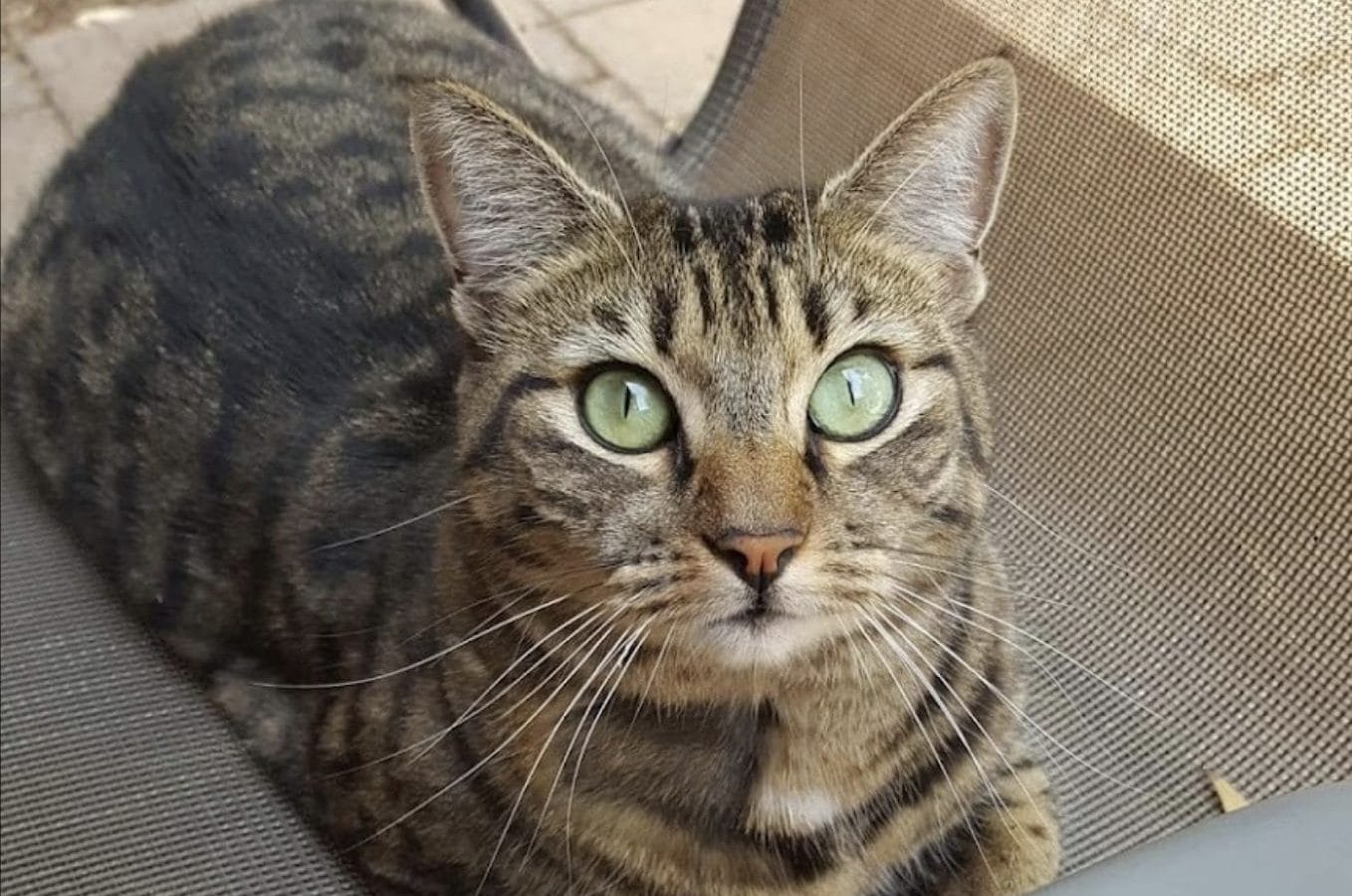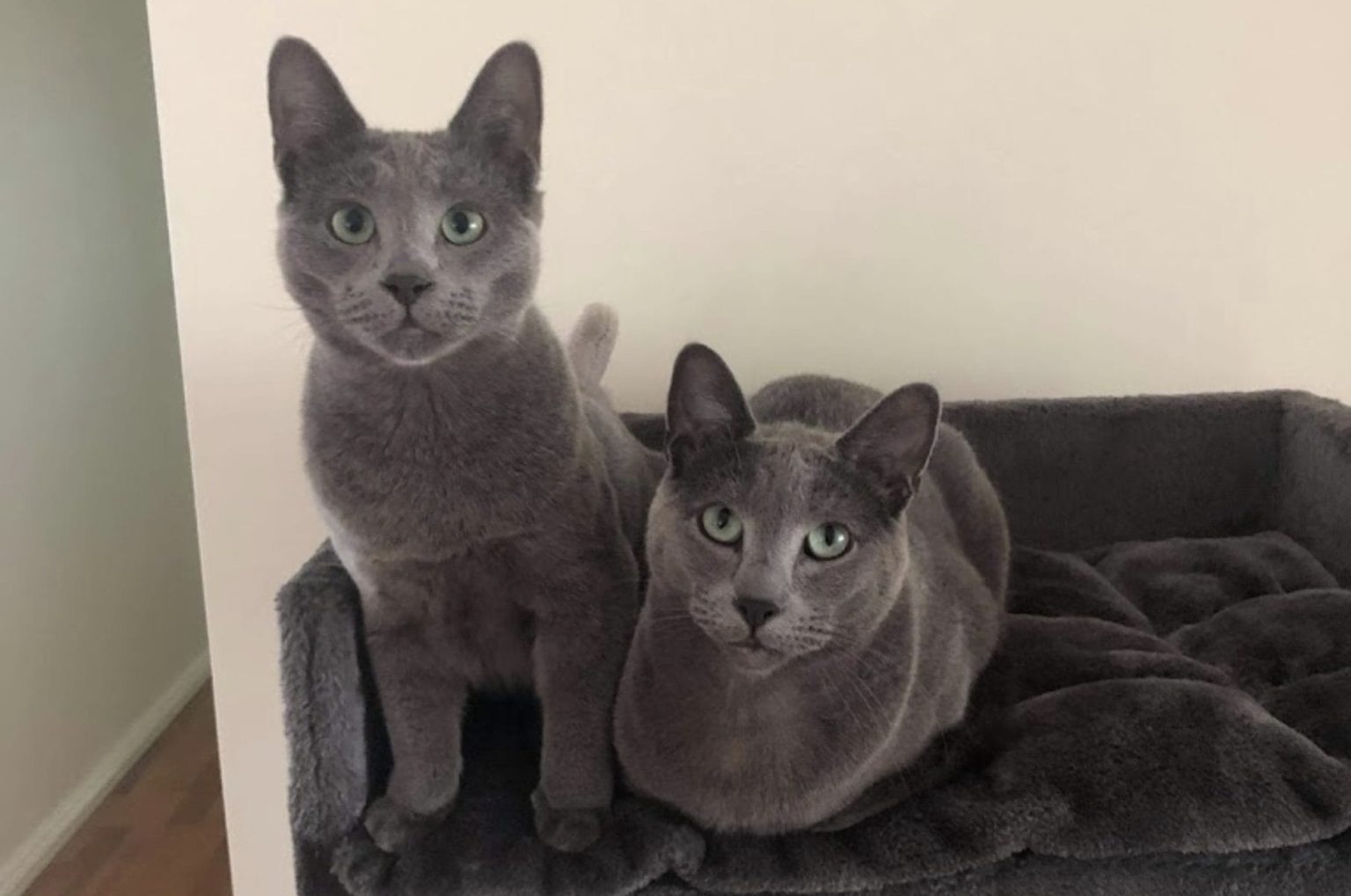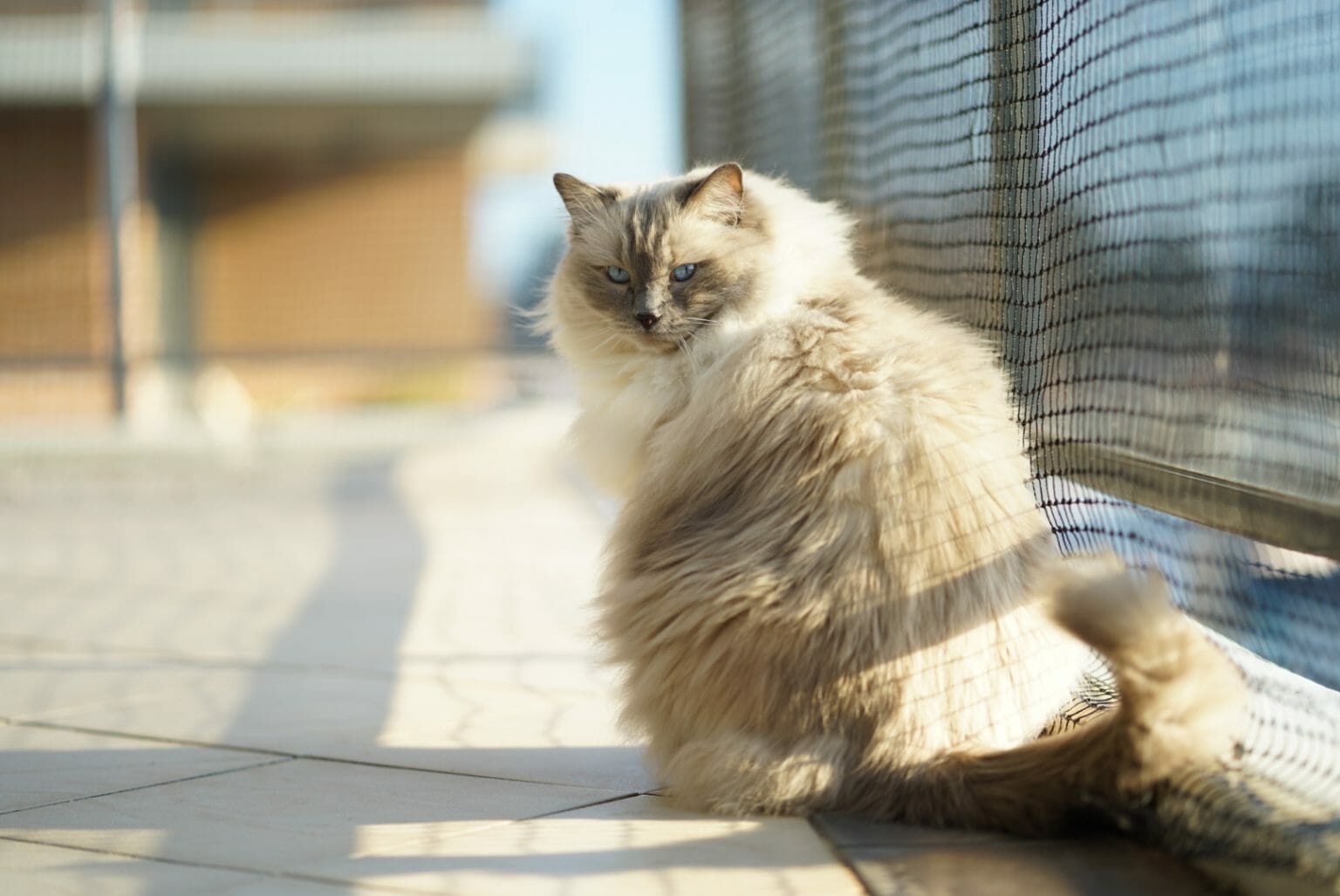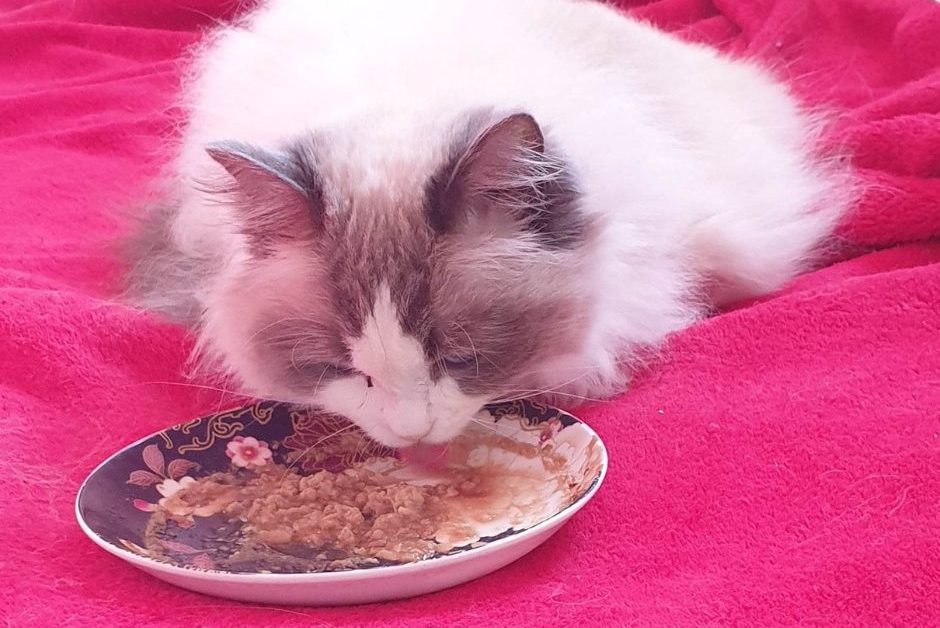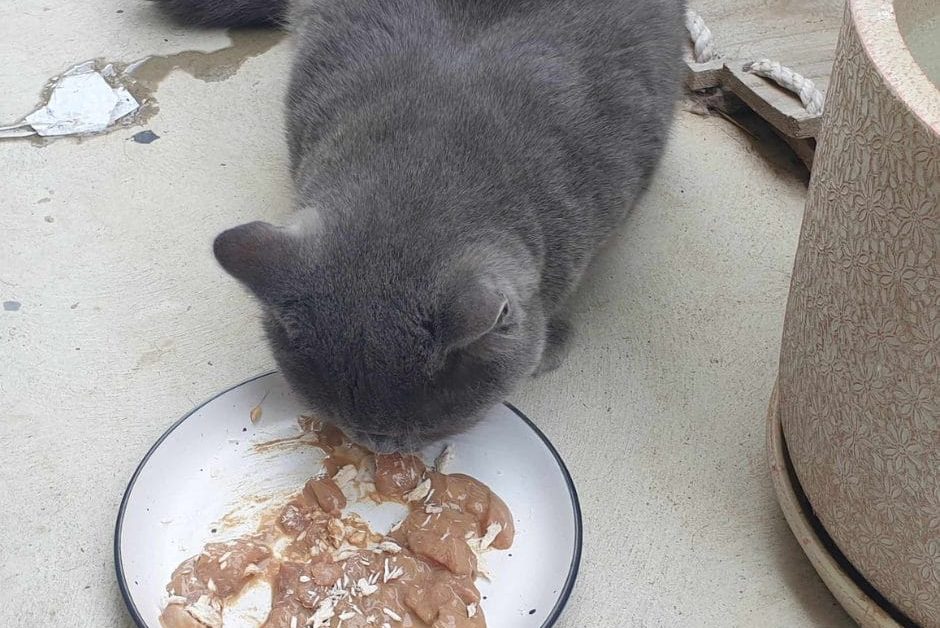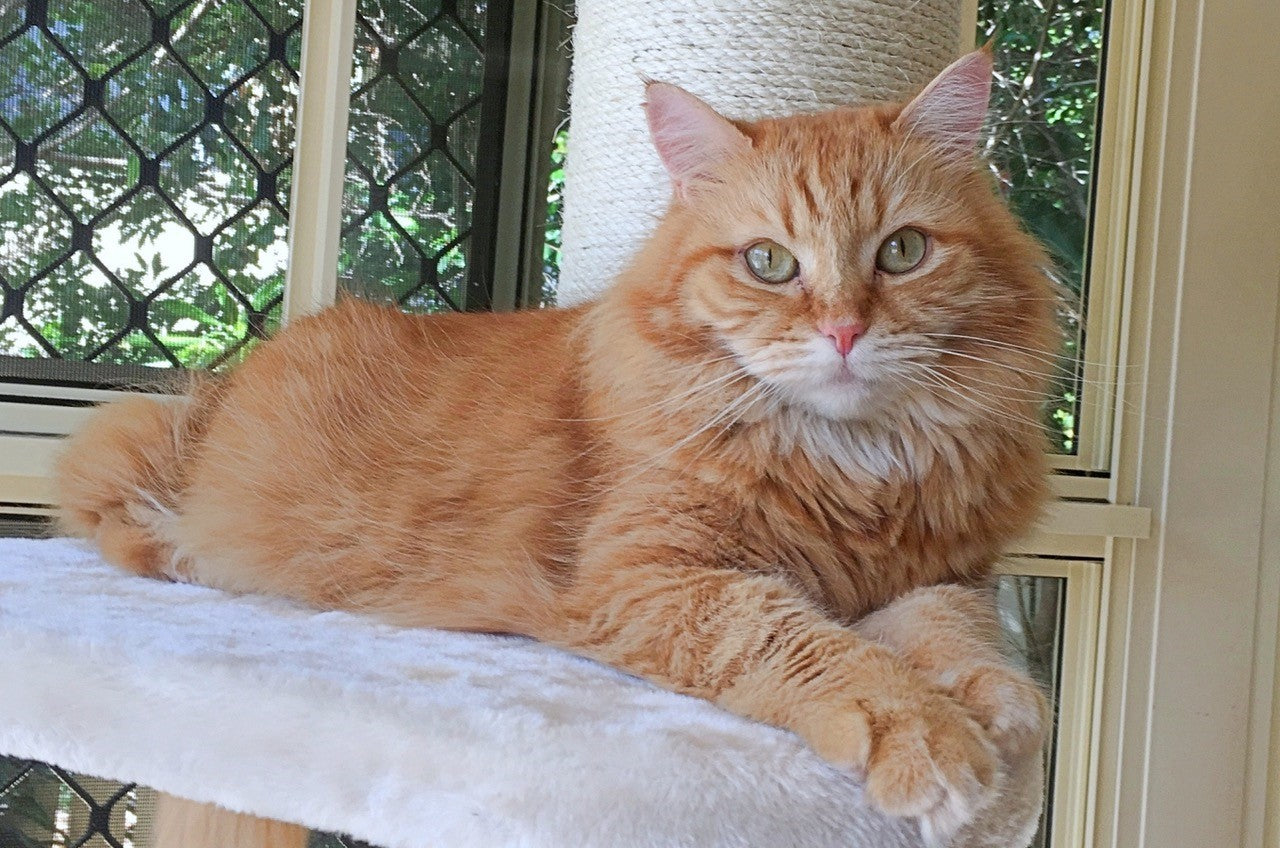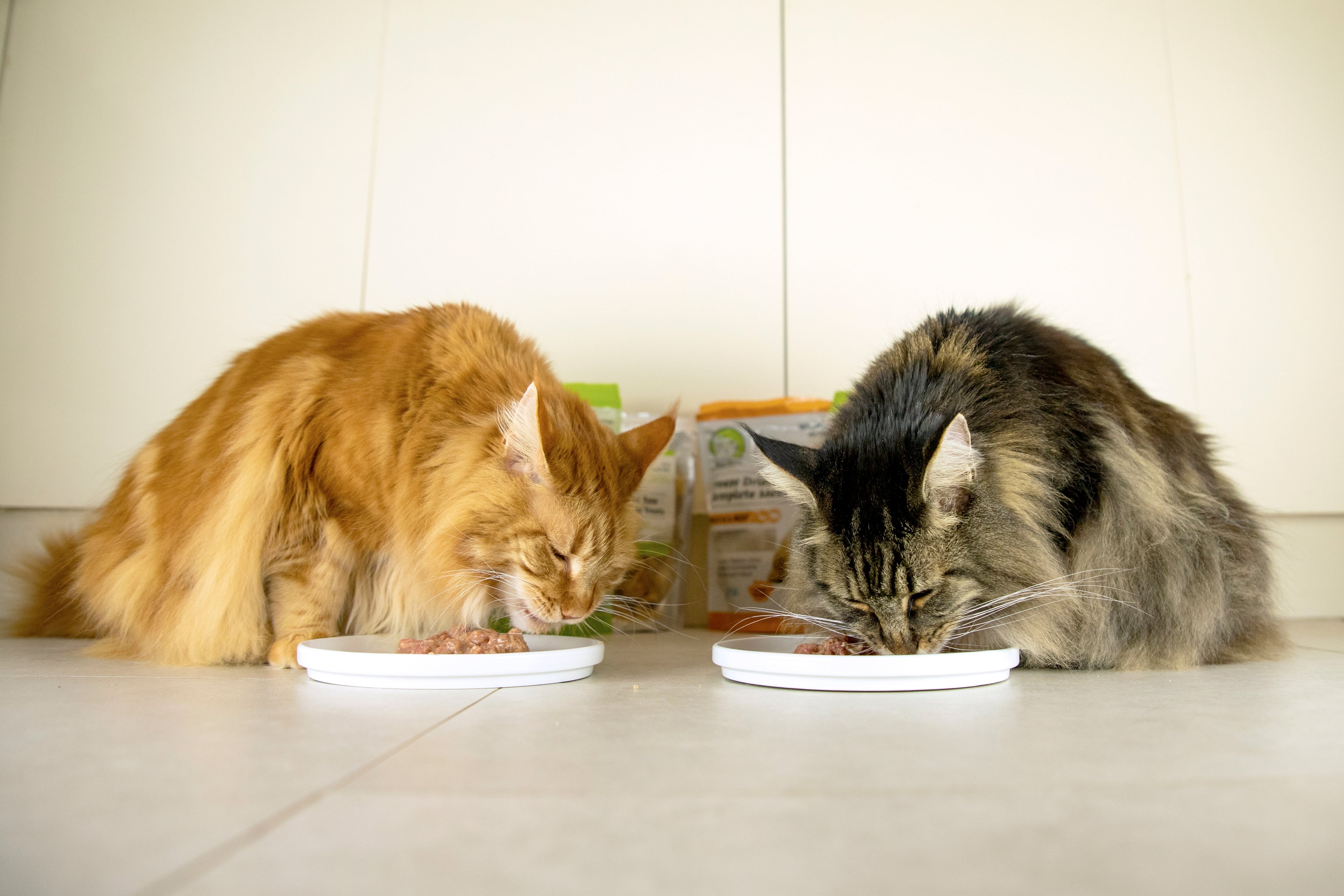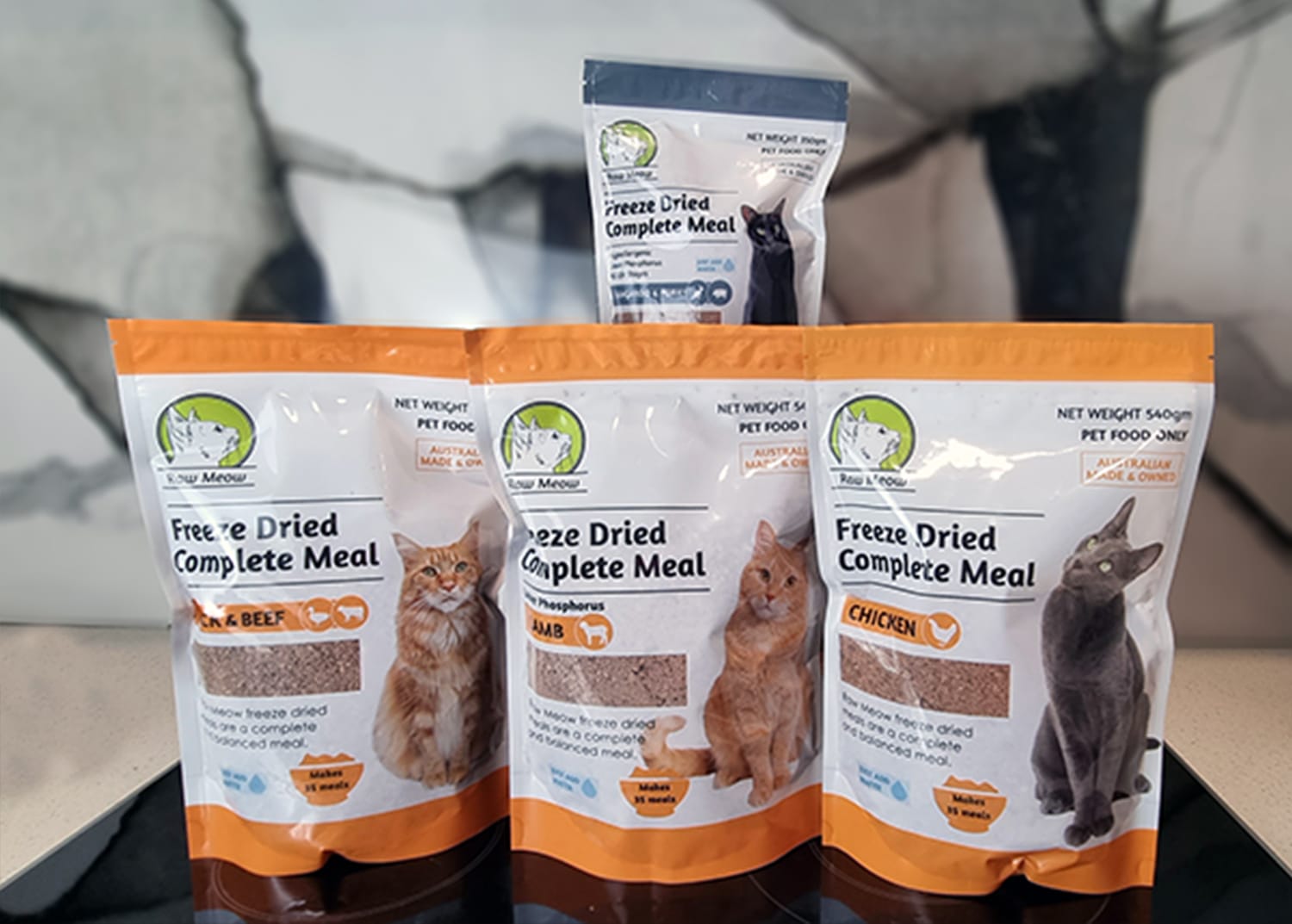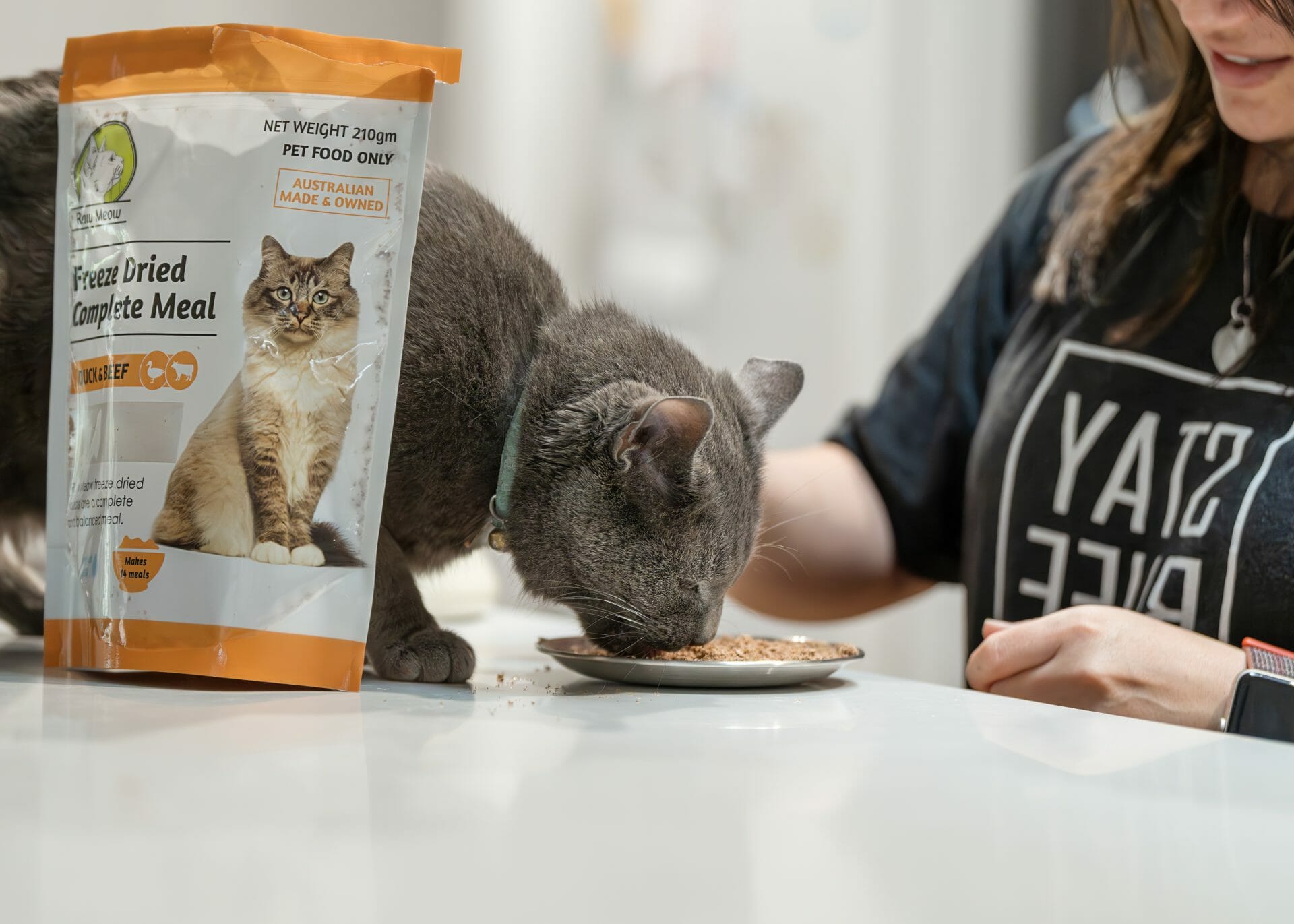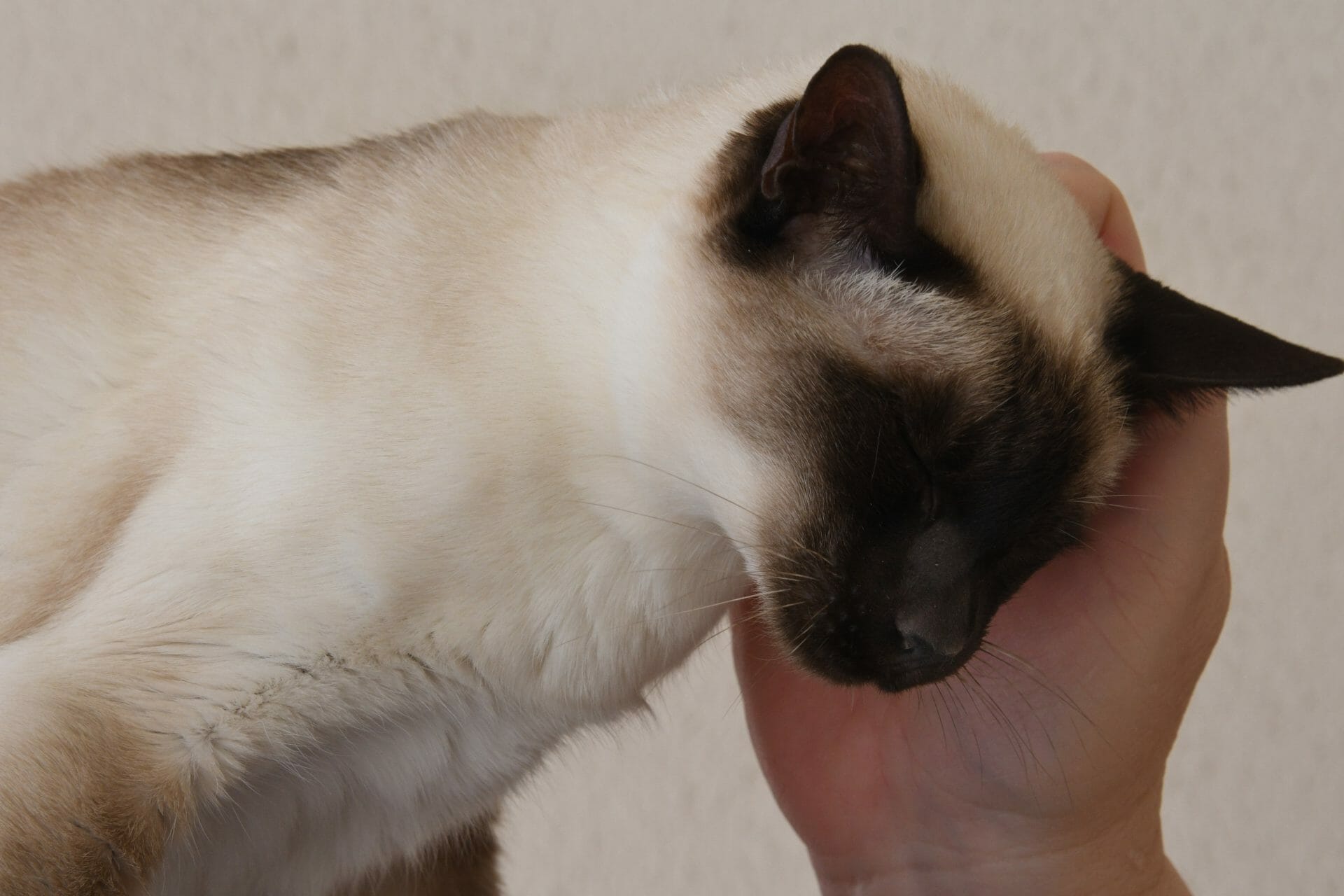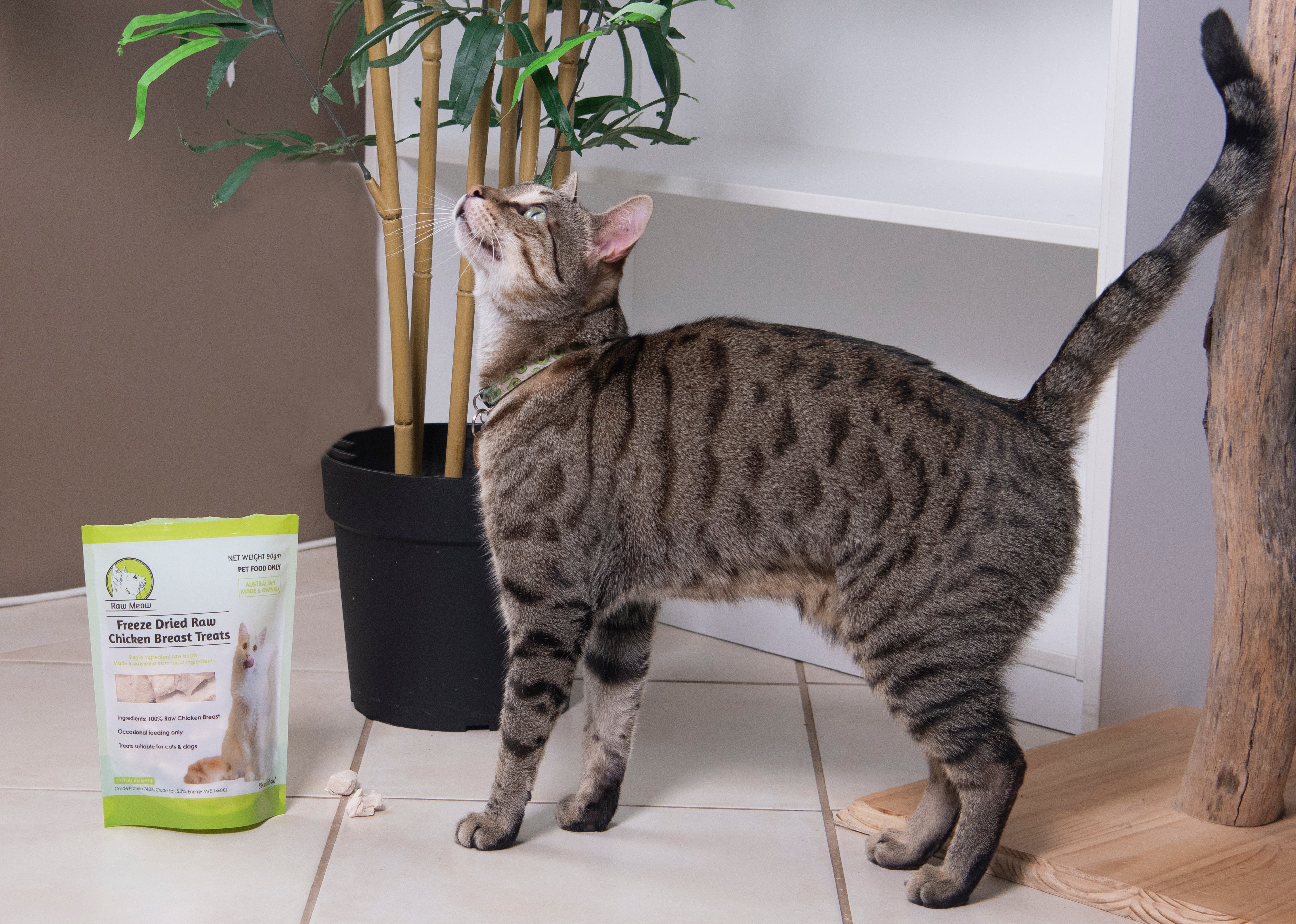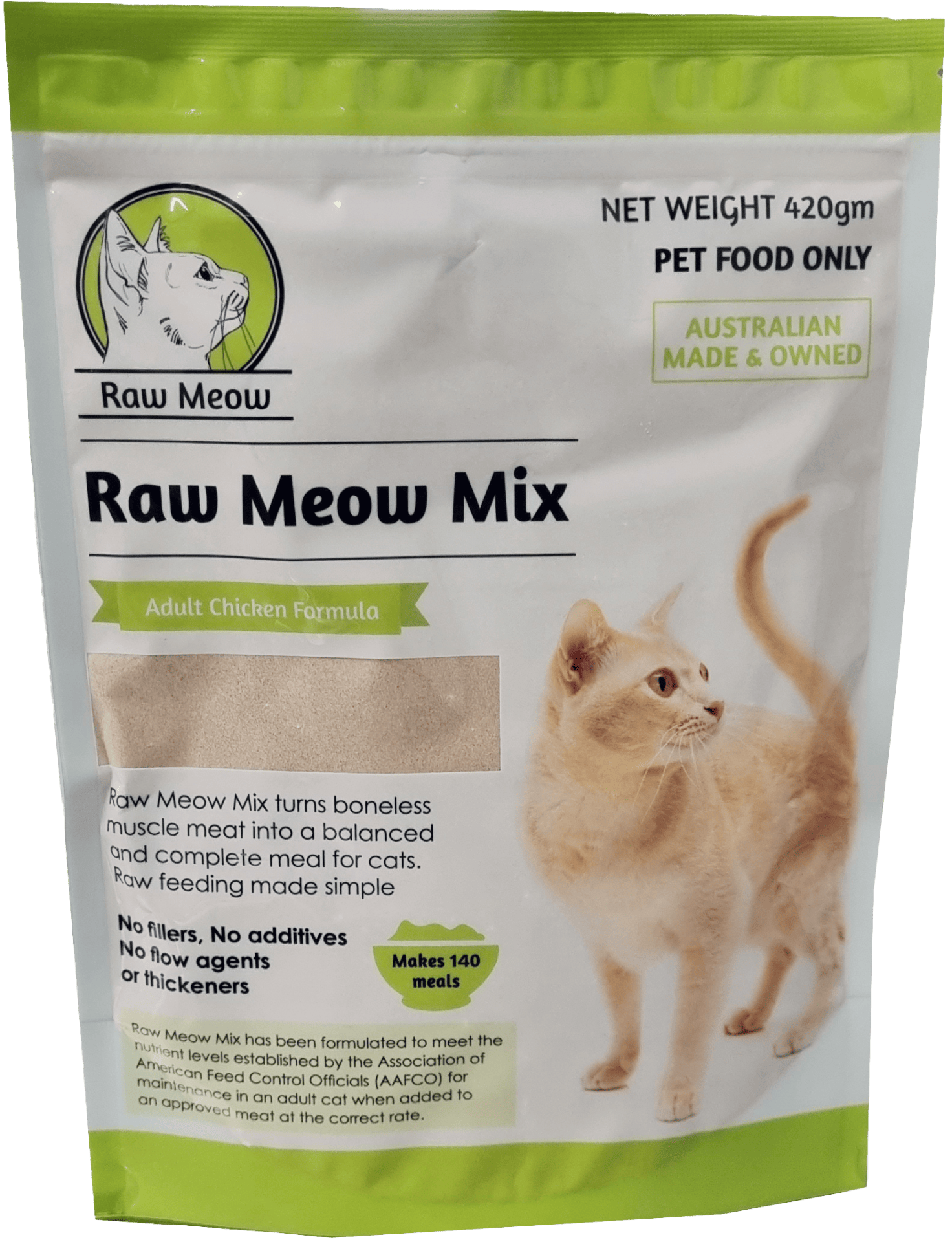
We make raw feeding for cats simple
Raw Meow provides a range of products made from local, Australian ingredients to help you feed a complete, balanced raw diet to your cats.
Browse our range
-
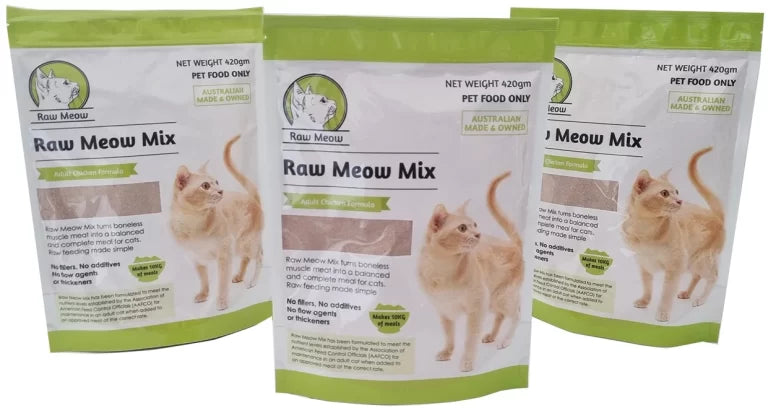
Raw Meal Completer
Add to your cat’s preferred muscle meats to create a complete and balanced raw meal.Shop Now -
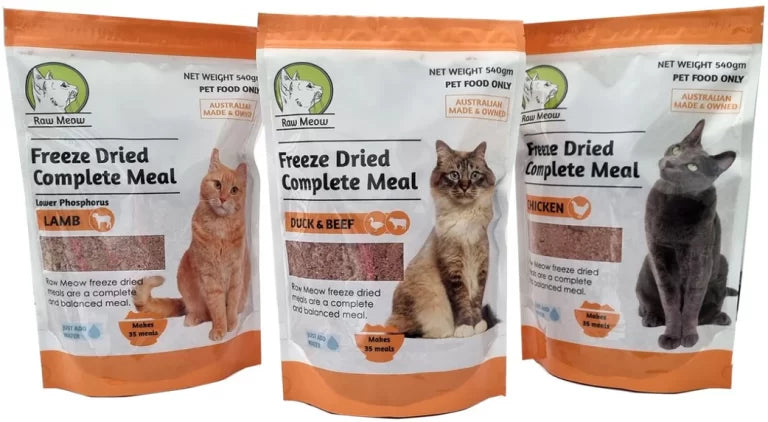
Freeze Dried Complete Raw Meals
Raw Meow freeze dried meals and treats are made using only real...
Shop NowFreeze Dried Complete Raw Meals
Balanced and complete freeze dried raw food, simply add water and serve.Shop Now -
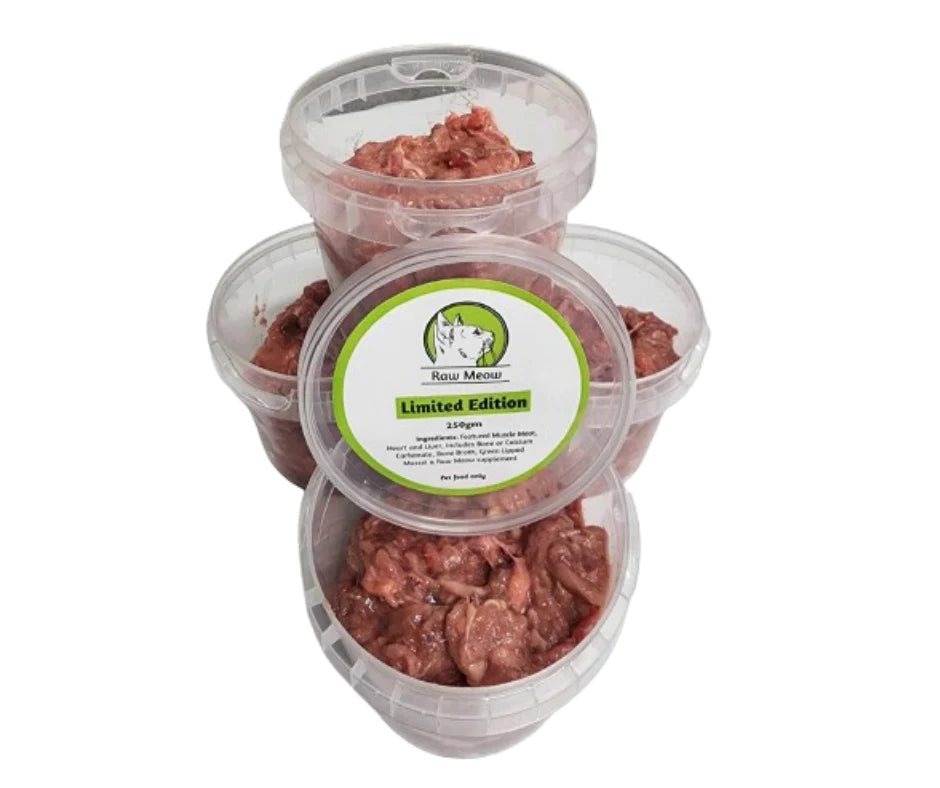
Frozen Complete Raw Meals
Frozen Raw Meow meals are only available in Perth WA. Please see...
Shop NowFrozen Complete Raw Meals
Balanced and complete frozen raw meals, simply defrost and serve.Shop Now -
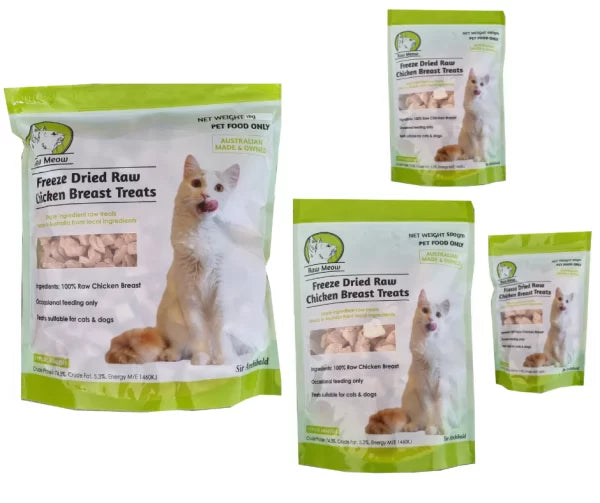
-
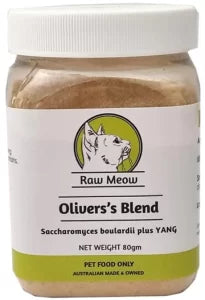
Supplements
The Raw Meow supplement range includes products to assist with common issues such as...
Shop Now -
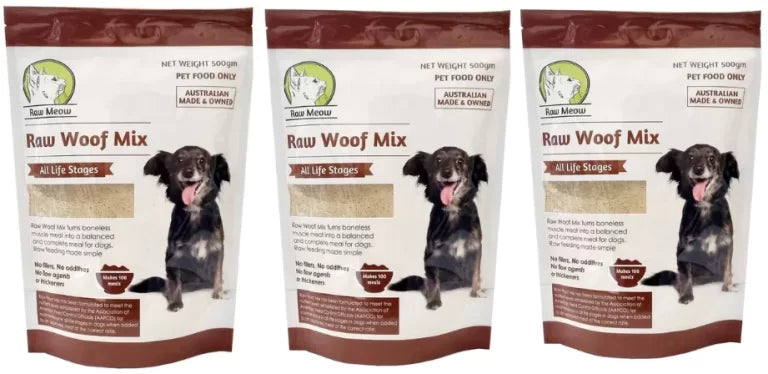
Raw Meal Completer for Dogs
Just like our raw meow completer for cats, your dog can also...
Shop NowRaw Meal Completer for Dogs
Add to your dog’s preferred muscle meats to create a complete and balanced raw meal.Shop Now
Top Sellers
Why choose Raw Meow?
-
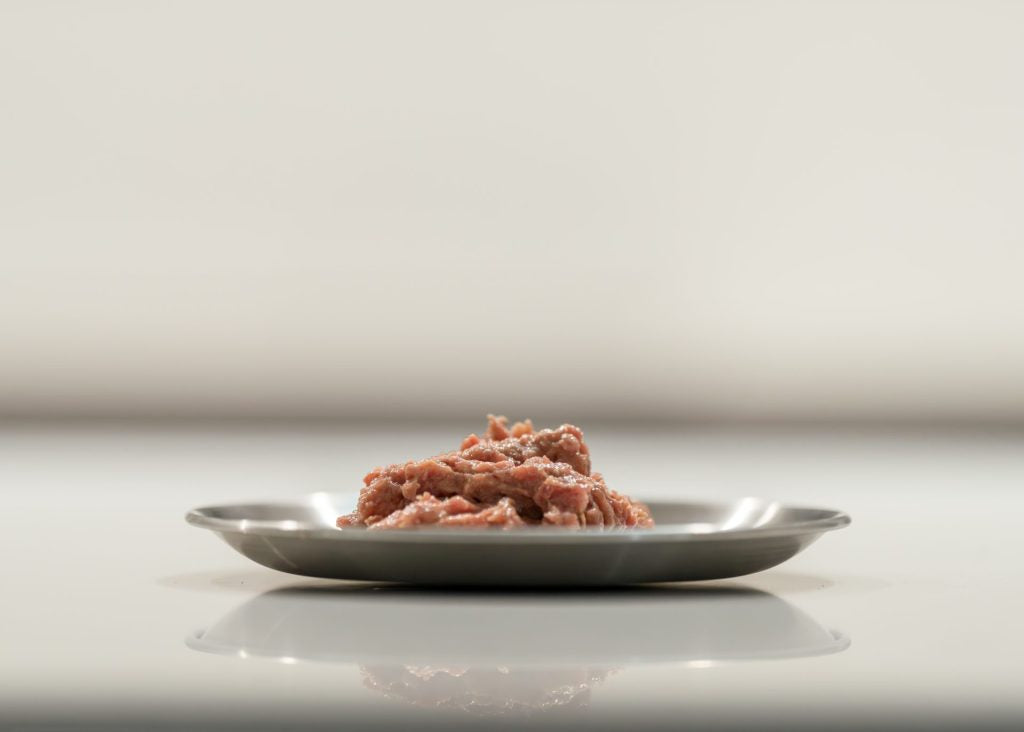
Made only with species-appropriate ingredients and human-grade raw meats
We believe feeding your pet a species appropriate diet is the best way to keep them happy and healthy. The quality of our products will provide peace of mind that you are supporting your pet with the best nutrition possible.
-
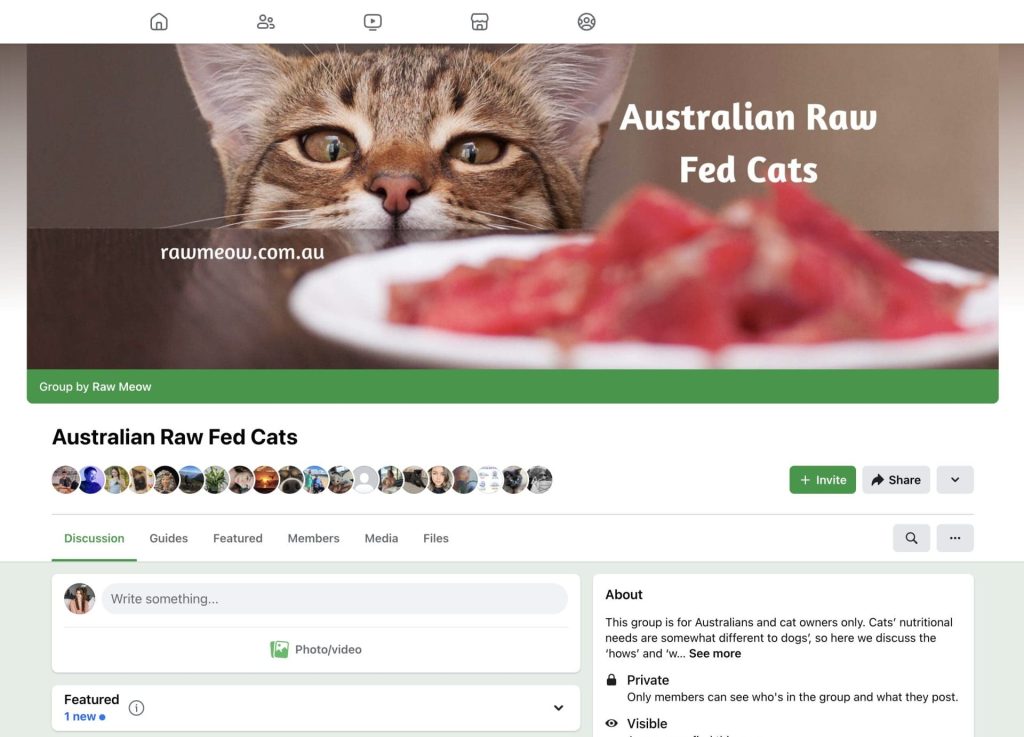
Dedicated support and guidance
We are there for you as you take the first steps to a better diet for your pet. Our support and education networks will help answer your questions, show you step by step instructions, and ensure the move to a fully raw fed diet is as smooth as possible. Our YouTube channel also provides great visual instructions on how to use our products.
-
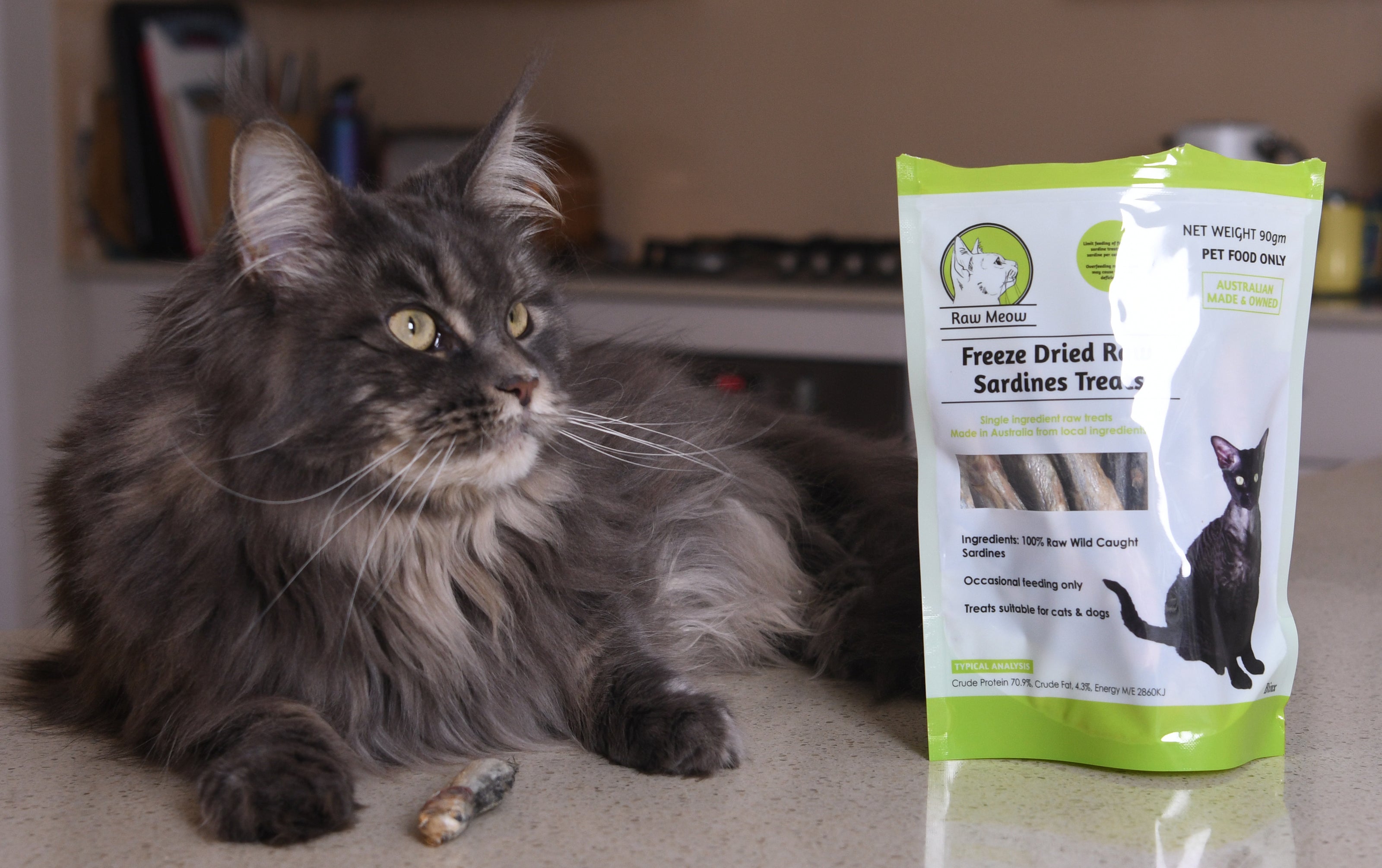
Perfect for beginners and experts alike
Our raw meal completers were created to make raw feeding a breeze. It doesn’t matter whether you’re an experienced raw feeder or a time-poor beginner, Raw Meow has a range of options to make raw feeding quick and convenient for you.
How to make balanced and complete raw meals for your cat
To create your own meals with your choice of fresh raw meats, simply follow the 6 easy steps below:
Step 1
Dice* or mince your cat’s favourite muscle meat. You can use single proteins, or a mix of proteins.
* Tired hands? Some butchers will dice meats for you at the time of purchase, or you may wish to invest in a meat grinder to make dicing a breeze.
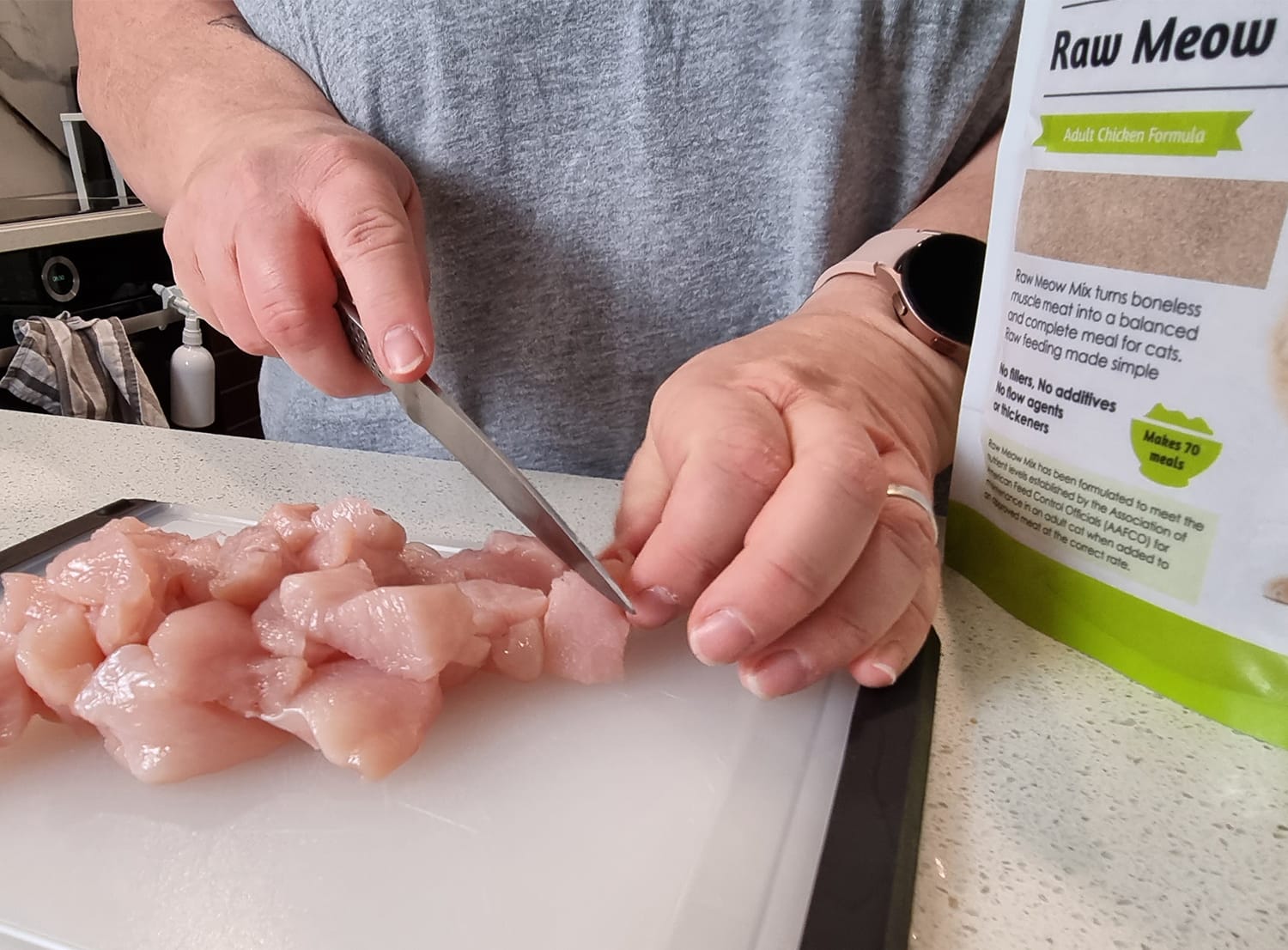
Step 2
Weigh the meat you have prepared and note down the total. You’ll need this to work out how much Raw Meow Mix powder and liquid to add in steps 3 & 4.
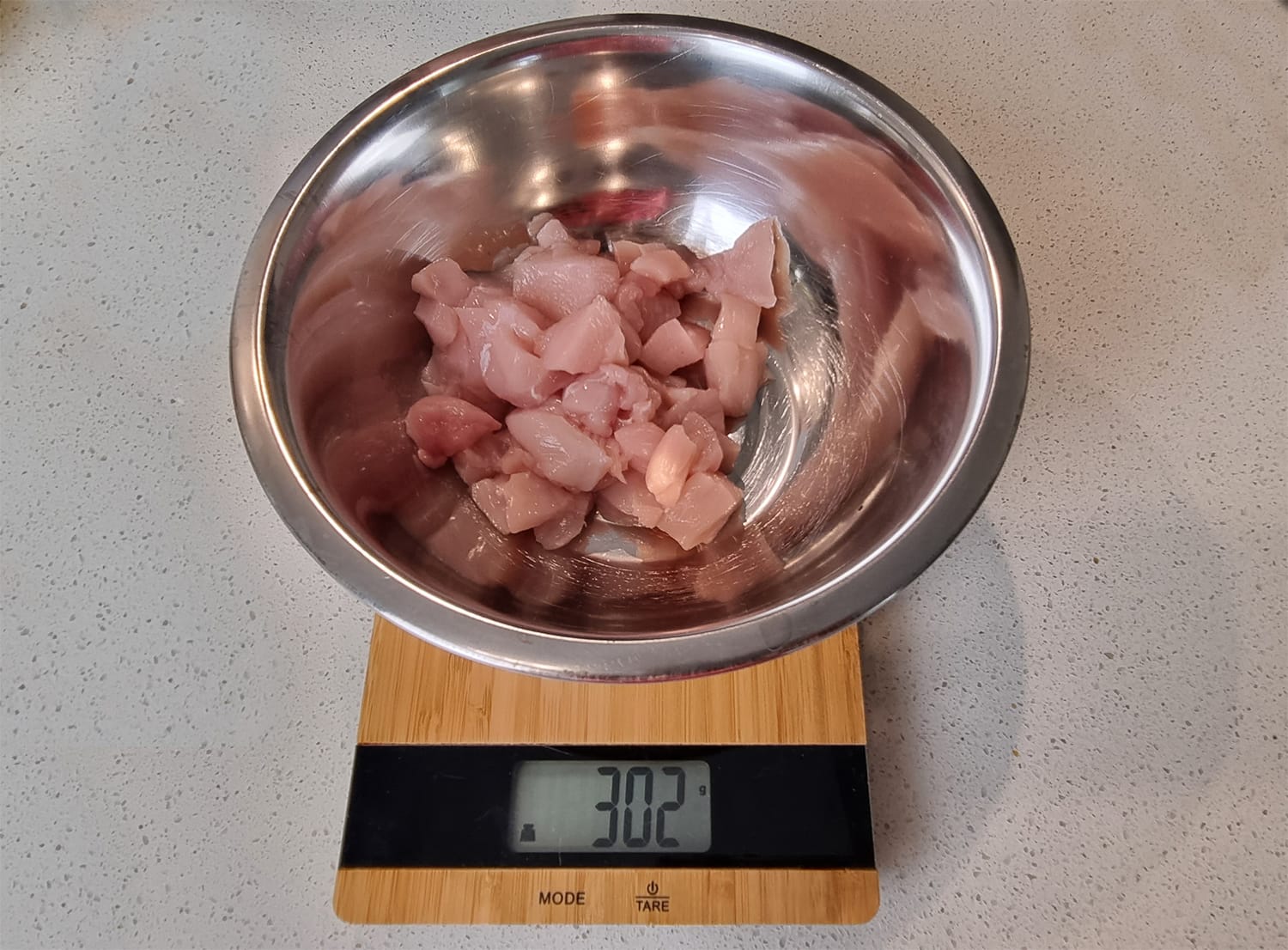
Step 3
Weigh out* the Raw Meow Mix powder according to the weight of the raw muscle meat you’ve prepared. The recipe is:
- Adult Cat: 3g of powder per 45g of meat
- Kitten: 3.6g of powder per 45g of meat
- Dog: 5g of powder per 60g of meat
Or simply use our calculator below:
Please enter a number above
* The included scoop will hold approx. single meal quantities but it is not a reliable measuring option when making more than one meal. We recommend you weigh using a digital scale instead.
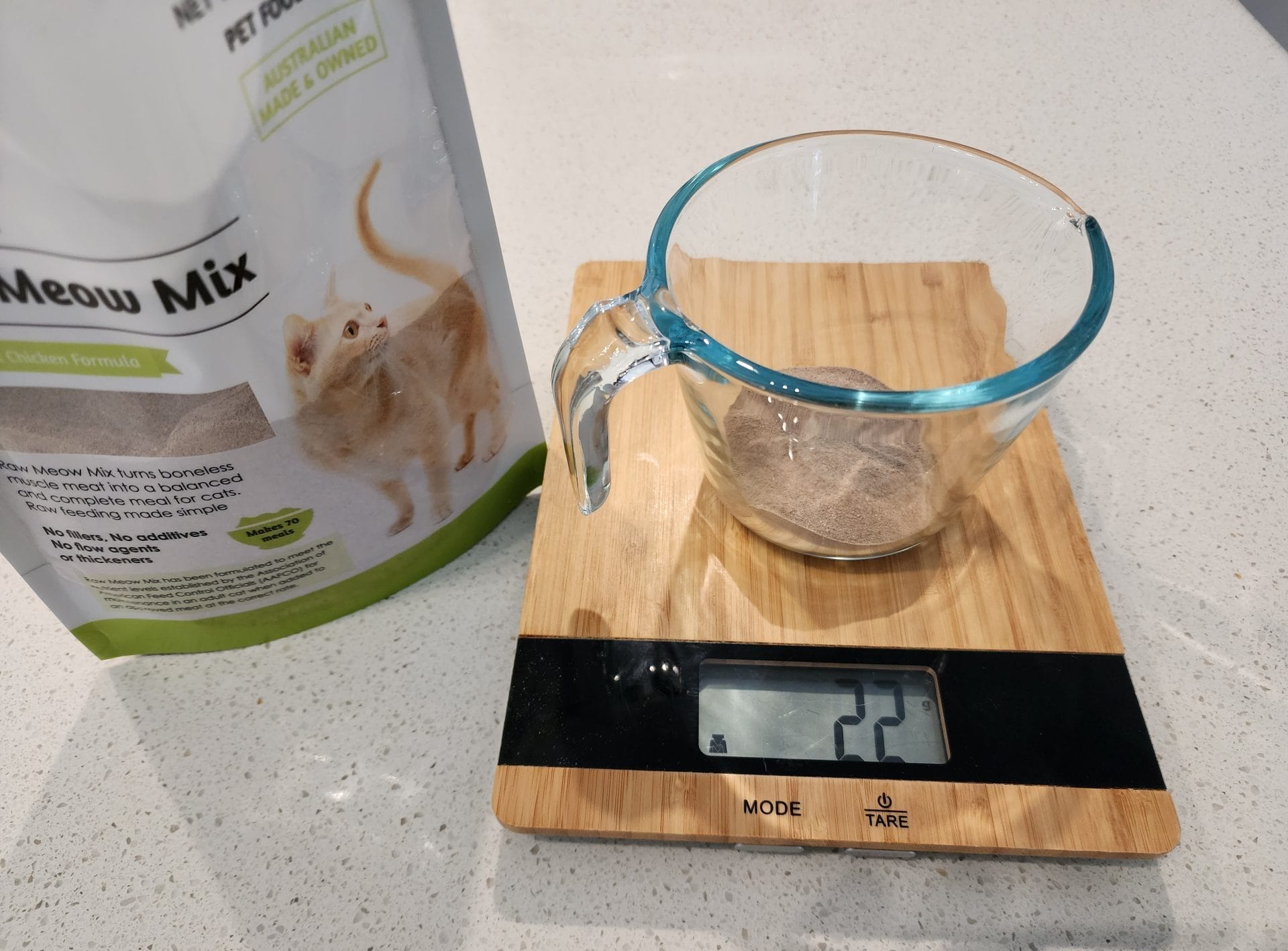
Step 4
Mix the Raw Meow Mix powder with water or plain bone broth. We recommend adding water slowly while mixing til you achieve the desired consistency. The recipe is:
- Adult Cat: 1-2tbsp of liquid per 45g of meat
- Kitten: 1-2tbsp of liquid per 45g of meat
- Dog: 2-4tbsp of liquid per 60g of meat
Or simply use our calculator below:
Please enter a number above
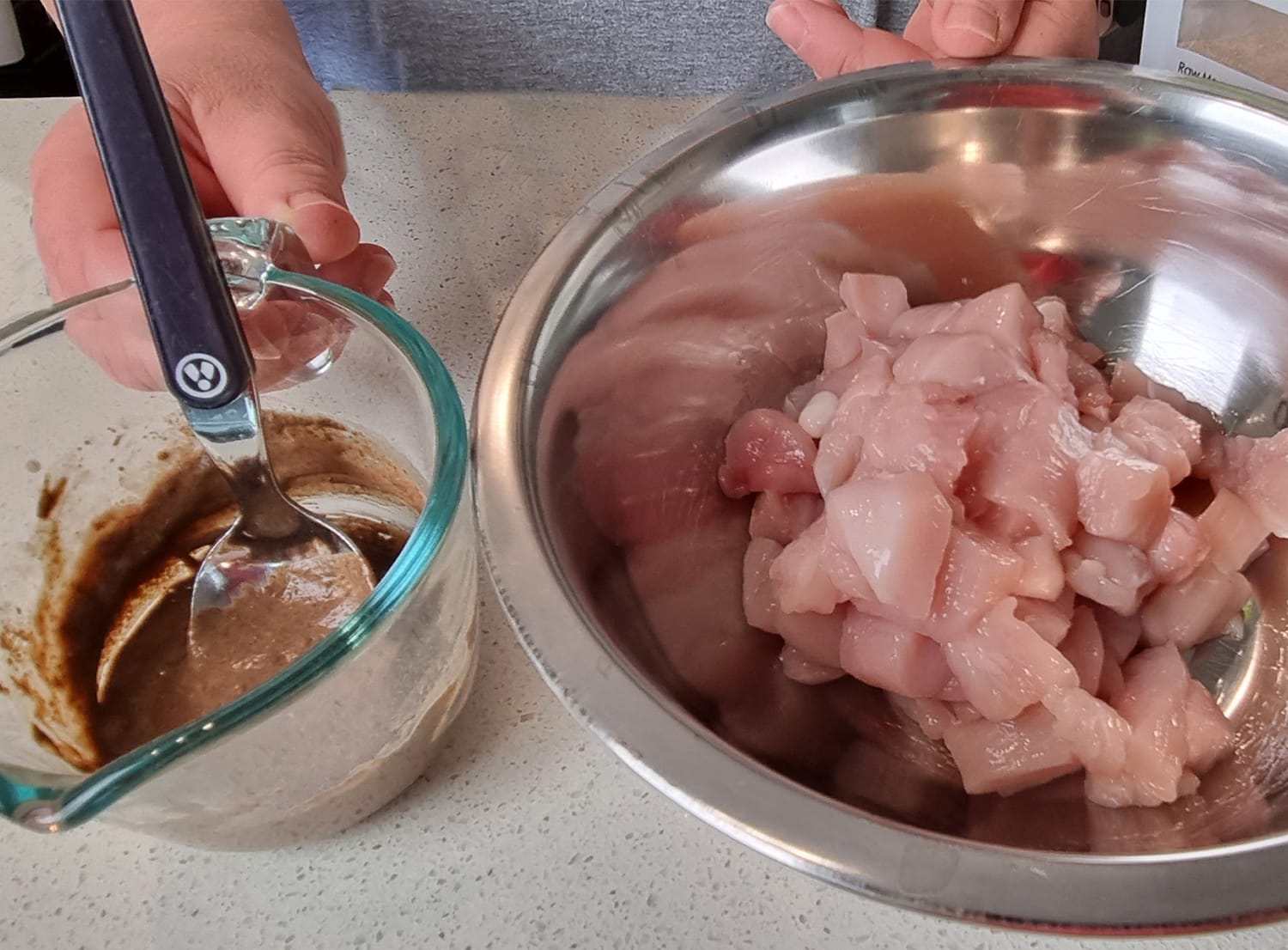
Step 5
Mix all of the ingredients together, and portion into single meal sizes or portions of one or two days of meals, and freeze for a minimum of 3 days (read our full freezing guide here).
Not sure how much/how often your cat should be eating? Please read our guide.
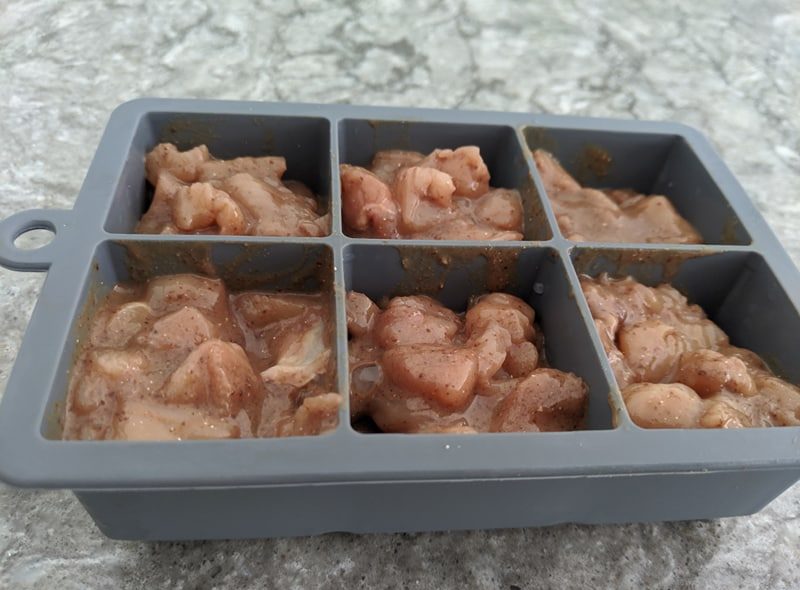
Step 6
To serve*, defrost portions in the fridge. We recommend feeding the meal at “mouse” temperature. This can be done by plating it and leaving out for a few minutes before feeding or warming slightly over a bowl of warm water, bain-marie style. Never microwave the food, or add boiling water, to avoid damage to the vitamins.
* For something a little extra, or to entice fussy cats, sprinkle some of your cat’s favourite Krumble on top, or add some warm bone broth.
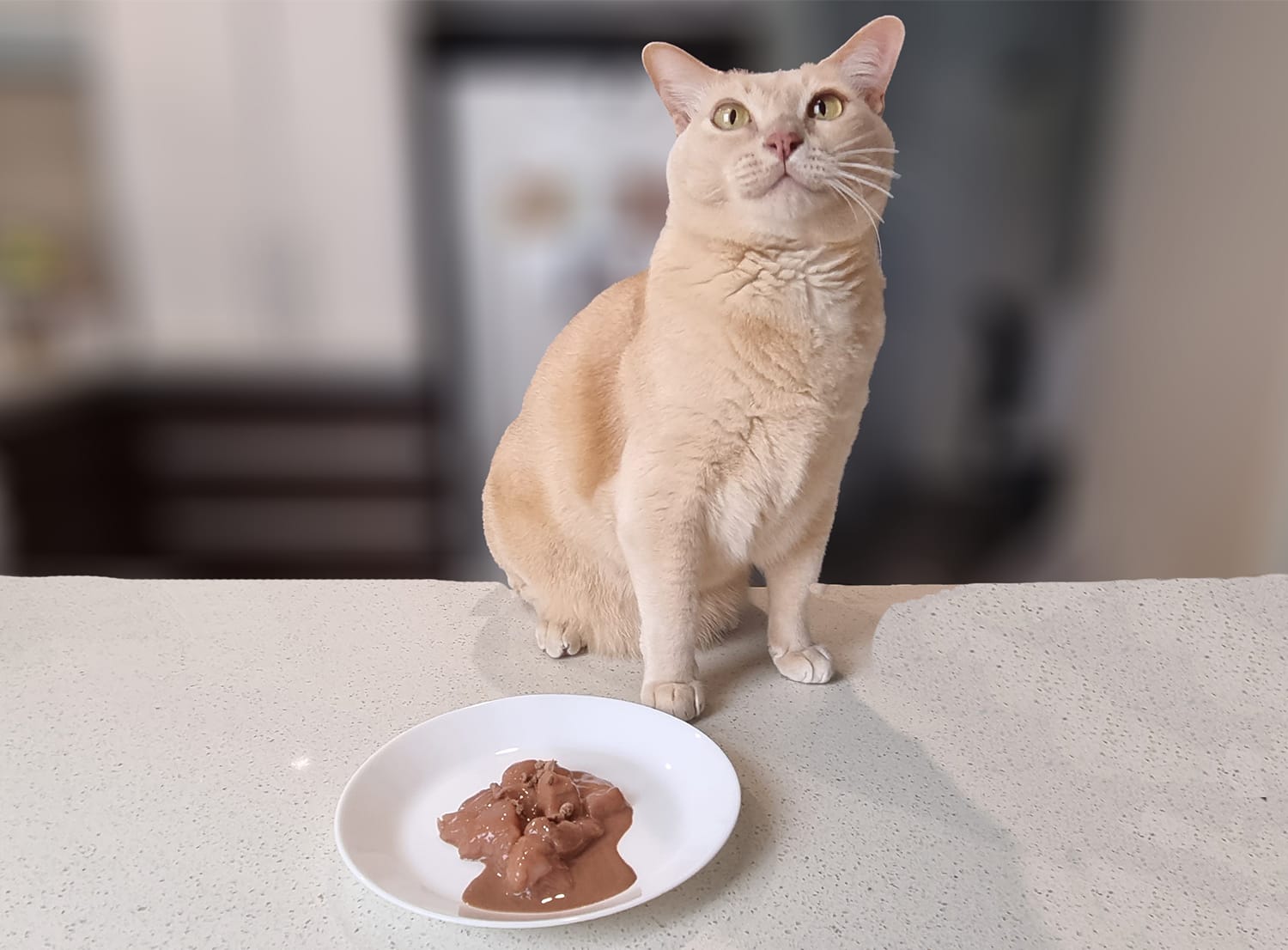
Not enough time in the day?
If you’re struggling to find the time to prepare raw meals, our ready-to-serve freeze dried complete meals ensure your cat has a quality raw option that can be prepared in a flash:
Step 2
Mix one scoop of the freeze dried food (scoop is indicative only. One serve = 15gm) with water or bone broth, to achieve desired texture. Allow to sit and rehydrate for a few minutes.
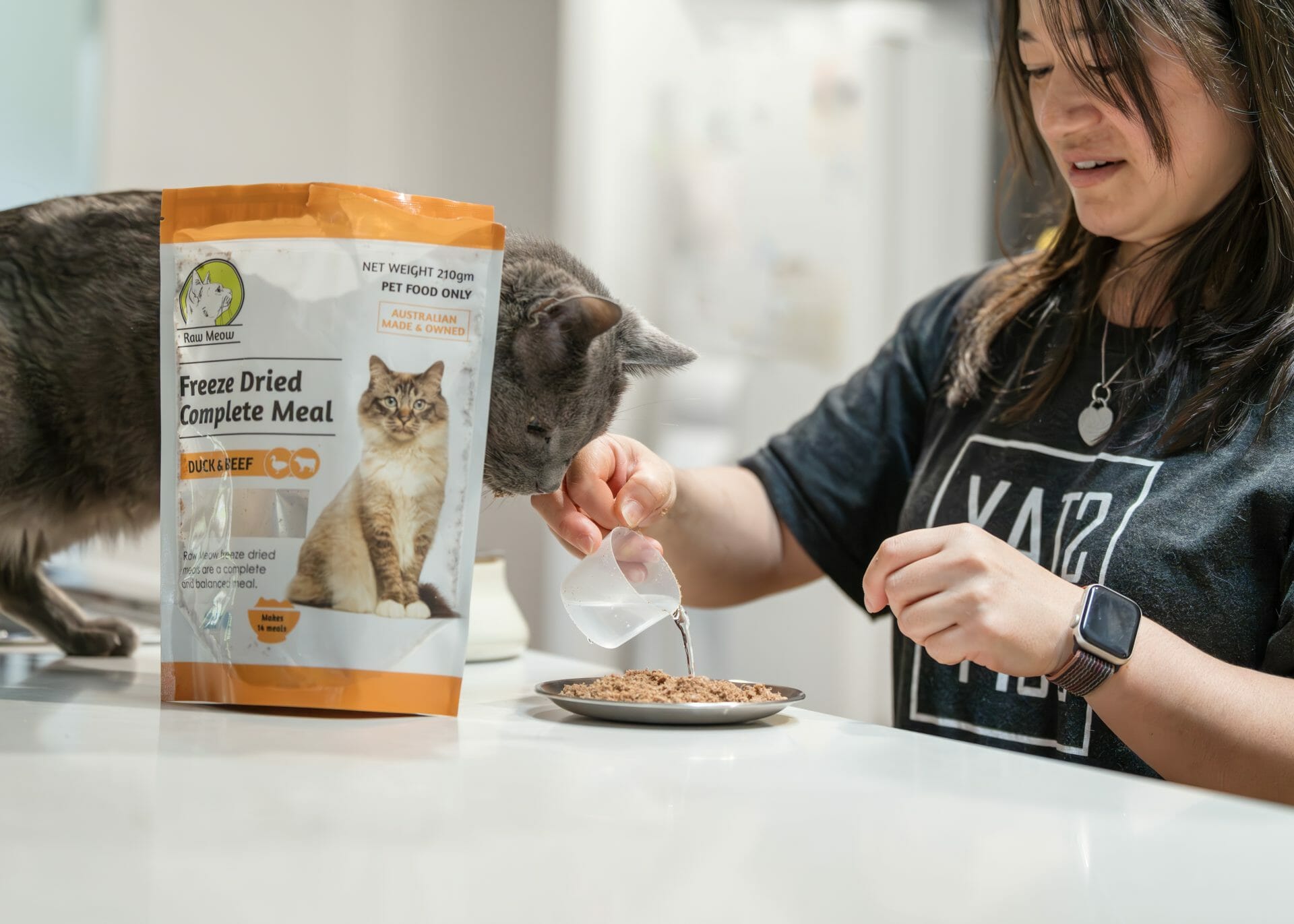
Frequently Asked Questions
Why should I feed my cat raw food?
Unfortunately, most commercial pet food companies put profits well ahead of what’s really best for our pets. Most commercial pet food brands choose the cheapest ingredients over biologically appropriate ones, and the lowest quality meats that they can legally get away with reselling as pet food.
All pet owners are strongly encouraged to check out the Pet Fooled documentary, so that you can make up your own mind.
Raw Meow makes it easy for owners to know that their pets are consuming truly nutritious, high quality food that will give them the best chance at long and healthy lives.
What's wrong with kibble/dry cat food?
Kibble is a highly processed product typically containing small amounts of protein (and usually poor quality protein at that). To ensure it is as cheap as possible for companies to produce, it is instead filled with large quantities of fillers and carbohydrates. Cats, however, are obligate carnivores, and cannot tolerate large amounts of carbohydrates.
Kibble also contains barely 10% water content. Cats generally rely heavily on getting adequate hydration through their food (raw meat has around 75% water content), and a dry diet often leads to a cat being in a perpetual state of dehydration, even if they do sometimes drink from a water bowl.
With all of these concerns combined, kibble is a cheap, profit-focussed feed product that is completely inappropriate for cat health, and can lead to obesity, certain cancers, FLUTD, kidney issues, liver issues, along with many other life-threatening health issues in the long run.
Where can I learn more about raw feeding?
We have a huge library of information in our blog, which is well worth the time to read through.
We also encourage raw feeders to join our online community, the Australian Raw Fed Cats facebook group. Here you will find a treasure trove of information and responsive support on how to feed your cat, to give them the strongest chance of a long and healthy life.
Even though this Facebook group is actively administered by the Raw Meow team, a large variety of other healthy food brands are often discussed and recommended, ensuring your cat experiences an important variety of appropriate foods in their rotation.
What does "complete" and "incomplete" mean when referring to different cat food options?
“Complete” foods are those are are fully balanced and suitable for everyday feeding. At a minimum, these foods should meet the AAFCO requirements of a nutritionally complete and balanced meal.
“Incomplete” foods are those that don’t contain everything a cat needs nutritionally, and are intended to be fed alongside (or as an ingredient in) a complete meal. These are usually things such as treats, toppers and other supplemental foods.
For how long should fresh meat be frozen if I am making my own raw cat food?
If you are making your own fresh raw meals from scratch, such as by using Raw Meow Mix meal completer, you must adequately prepare the fresh meat for raw consumption. But fear not – it’s very easy to do.
Meat, including human-grade meat, can harbour parasites. The best way to eliminate them is by storing them in very low temperatures – in essence, freezing the meat prior to feeding.
Most raw feeders will purchase their meats and soon thereafter create a batch of raw food for their cat. That food is then divided into daily portions and placed into the freezer to begin the process of killing any harmful bacteria, before being thawed again as needed for serving.
As a rule of thumb, farmed meats require a minimum of 3 days in the freezer before consumption, whilst wild-caught/game meats require a minimum of 3 weeks in the freezer. There are exceptions to this rule, such as pork, which although is a farmed animal, requires at least 3 weeks in the freezer to ensure Trichinella is eliminated (even though Trichinella has not so far been found in Australian pork).
A few other meat types, such as goat or emu, can fall under both the farmed or wild-caught categories. If you are unsure as to the source of the meat, it’s best to err on the side of caution and freeze them for at least 3 weeks.
Furthermore, any bones you may feed, such as necks and wing tips, or organs such heart, giblets/gizzards, tongue etc, must be frozen for the same timelines as above, depending on which animal the bone or organ is from.
Read our full freezing guide here.
Is freeze dried raw cat food expensive?
Freeze dried raw food is generally no more expensive than other food types.
That’s because freeze dried foods require you to add water to them at home to turn them into a ready-to-serve meal. You’ll find that once you factor in the weight of the missing water that gets added at home, freeze dried foods come out on-par with other quality wet food options.
For example, if your cat normally eats a 60g meal of wet food (which typically contains around 75% water), the nutritionally and calorically equivalent amount of freeze dried food that you would feed your cat would be around 15g (though this can vary depending on the food manufacturer, so be sure to always check the feeding guide on the packaging).
Therefore, wet food would seem a lot cheaper if you only compared them by the product weight. But once you factor in the missing water and serving size differences, it comes out much more even.
Is it okay to feed my cat fish?
Fish is not really biologically appropriate for cats.
It’s not something a wild cat would seek out to eat if given a choice. Many types of raw fish contain thiaminase, which depletes thiamine from a cat’s body. Thiaminase is an essential vitamin that cats cannot produce themselves, and the lack of which can cause serious medical issues.
Tuna is even worse, as it contains a lot of fats and very little vitamin E. As well as being a large fish that may contain a very high level of mercury.
In saying that, a small amount of small oily fish like sardines or green lipped mussel that contain Omega 3, is not only appropriate but is an essential part of a balanced diet.
Sadly though, so many brands of cat food make the majority of their foods with fish.
The reason for this is that it is cheap, and palatable, sometimes causing a type of addictive response in cats. It’s what cartoons have been telling us forever, after all.
At Raw Meow, we recommend your cat’s diet contains no more than 10% (small oily) fish. This means:
- feeding no more than a few (canned in spring water) sardines once a week, or one raw freeze dried sardine once a week,
- that your cat’s diet contain a source of omega 3 in appropriate levels only, and;
- that you otherwise feed a meat-based balanced raw diet
It’s important to be aware that even though a product may be a good brand or have some great ingredients, if the the main ingredient is fish, or if fish features in the description of the product, it’s best avoided.
My cat doesn't like raw food, what can I do?
It’s often more likely that your cat doesn’t trust their new food, rather than just not like it. Transitioning cats to a new type of food usually needs to be done slowly. Simply add a little of the new food to the side of their regular meal. Then, over time, increase the portion size of the new food, while decreasing the amount of their old food, until you’ve fully swapped over. This process could take days, weeks or even months – it all depends on the individual cat.
You can further entice them by using a topper. A topper is usually a freeze dried treat that can be crumbled over their meals. Rotating through various types of topper can also add variety at meal time, and your cats will thank you for it!
Another great option for fussy eaters is to add a little bone broth to their meals.
For further reading, you can find a comprehensive guide on transitioning your cat to a raw diet here.
At what age should I transition my kitten to adult cat food?
Generally, a cat is a kitten until they reach one year of age. If they are a large breed, such as Maine Coon, British Shorthair or Ragdoll, they will need to remain on kitten-appropriate options until two years of age.
